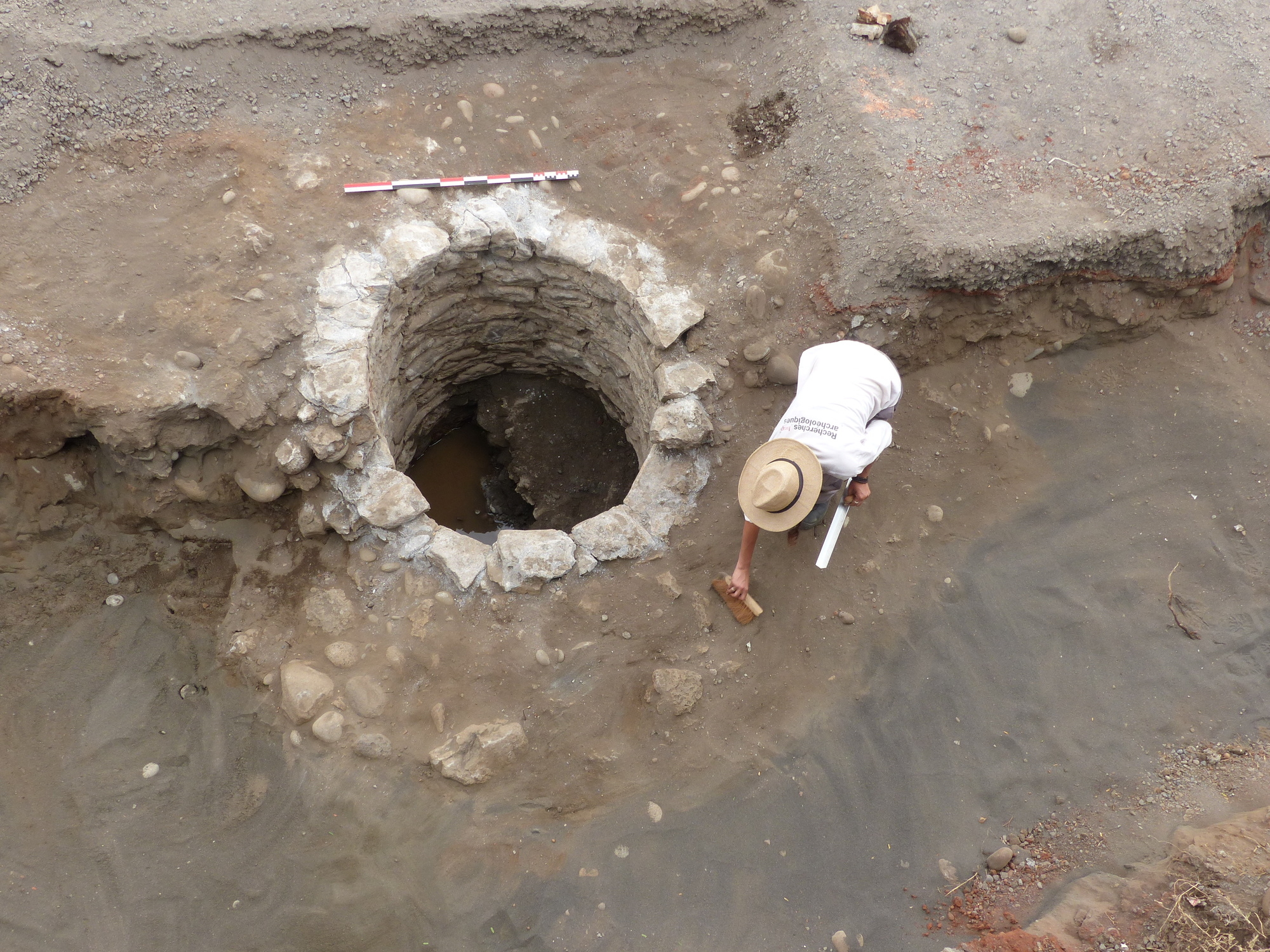
- Home
- Archaeology on Reunion Island
- Sites
- Saint-Paul
- Eastern entrance, Section 3
- Cilaos
- La Possession
- Saint-André
- Saint-Benoît
- Saint-Denis
- Saint-Joseph
- Saint-Leu
- Saint-Louis
-
Saint-Paul
- Bassin Vital
- Batterie “De Droite"
- Batterie “De l’Embouchure"
- Cap Champagne
- Chemin de Bernica
- Marin cemetery
- Colline du Théâtre
- Domaine de Villèle
- Eastern entrance, Section 3
- Glacières du Maïdo
- Plaine-aux-sables
- Plateau Picard
- L’Étang bridge
- Poudrière
- Route des premiers Français
- Bruniquel factory, indentured workers’ camp and hospital
- Usine de Grand Fond
- Saint-Pierre
- Saint-Philippe
- Sainte-Rose
- Sainte-Suzanne
- Salazie
The evaluation in 2018 and then the excavation in 2019 of the outbuildings of two wealthy properties in Saint-Paul shed new light on the lives of the island’s well-heeled inhabitants in the 19th century.
Wealthy habitats in Saint-Paul in the 19th century
There was a series of fine residences along the Chaussée Royale. Fronted by large gardens, the villas demonstrated the wealth of their owners. The outbuildings were located to the rear of these plots. Although some of the villas are still standing, most of the functional facilities no longer exist.
Excavation findings
Most of the remains discovered – some 500 structures – correspond to wooden constructions with posts that have left only a fleeting trace in the ground. Archaeologists discovered building masonry, the levelled remains of a cistern or basin, two wells and pits. A study of the finds revealed that the site was occupied from the late 18th century.
Finds that reflect the status of the owners
Finds mainly discovered in pit dumps tell us about daily life in these large urban properties. Ceramic ware, glasses, knives and bottles associated with a large group of faunal remains, both terrestrial (poultry, pork and beef) and aquatic (shellfish, fish and sea urchins), shed light on local eating habits. Corset fastenings and bone buttons give an idea of what people were wearing. Bottles of perfume and ointment pots imported from France provide insight into how they cared for their bodies.
Associated media
Open Media Library

Aerial view (Saint-Paul, Eastern entrance, Section 3, 2019)

General map (Saint-Paul, Eastern entrance, Section 3, 2019)

General view (Saint-Paul, Eastern entrance, Section 3, 2019)

Map of Saint-Paul, 1806

